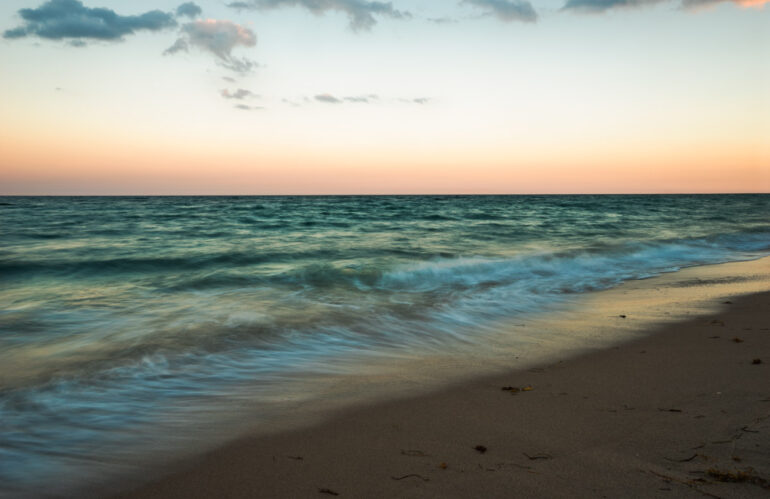We may earn a commission when you purchase through affiliate links. Learn more.
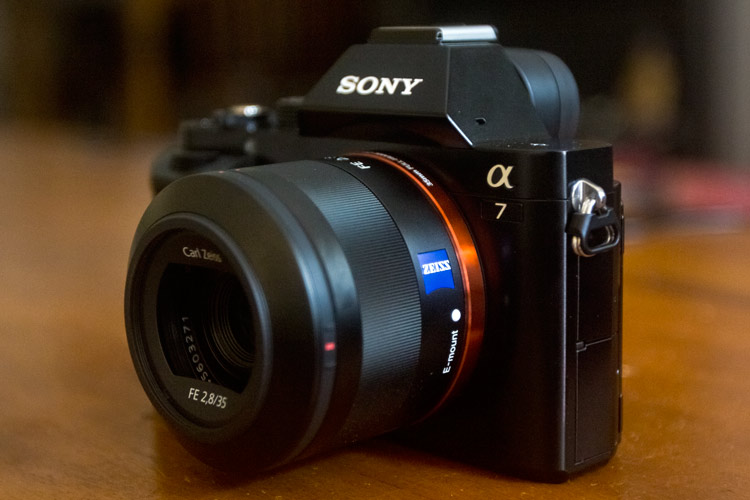
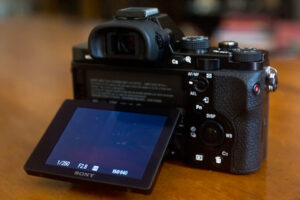
I’ve had the 24 megapixel Sony A7 full frame mirrorless camera for about a week now, along with the Sony FE 28-70mm f/3.5-5.6 OSS Lens, Sonnar T* FE 35mm f/2.8 ZA Lens, and the Sonnar T* FE 55mm f/1.8 ZA Lens.
I’ve got to confess that I’m not a big reader of the manuals that come with new cameras — I tend to shoot in full-manual mode most of the time and appreciate when a camera is designed with intuitive controls that are easy to figure out. As long as I can find the controls for the shutter speed, aperture, and ISO without too much difficulty, it’s usually smooth sailing with a camera. As soon as I had the Sony A7 unboxed, I was able to head outside and start shooting with it immediately. As with any new camera, the layout of the controls takes a bit of time to get used to, but they are relatively easy to figure out.
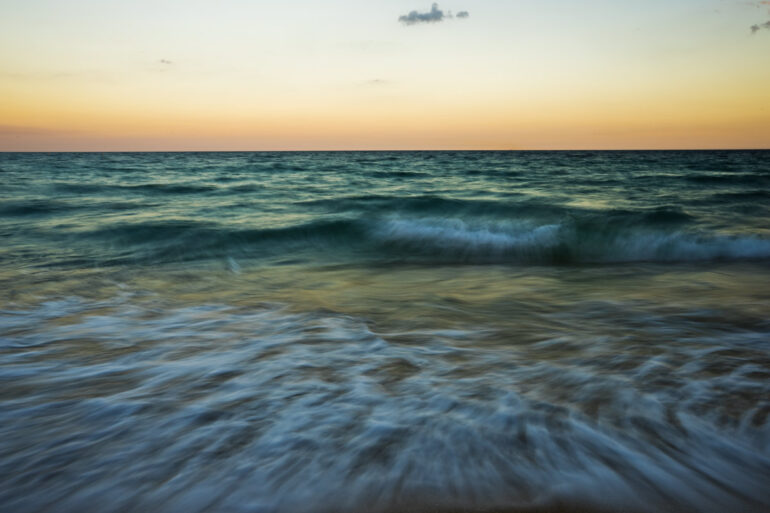
I’ve seen some reviews of the Sony A7 that don’t care for the sharp angles of the camera design, but personally I think this is a very attractive looking camera and a breath of fresh air after many years of big curvaceous (perhaps bulbous would be the most appropriate adjective) DSLR cameras dominating the market. The first thing that hit me while I was unboxing the camera was the size of it. The Sony A7 is a TINY camera. When you consider the fact that there’s a full frame sensor inside of the Sony A7, it’s diminutive size becomes even more remarkable.
I’ve seen some reviewers commenting on the Sony A7’s autofocus system, but overall I’ve been finding it to be very accurate and reasonably fast. The A7 makes use of a hybrid AF system which utilizes both contrast and phase detection and while I’ve only been using the camera for a week now, I haven’t been disappointed with the autofocusing so far.


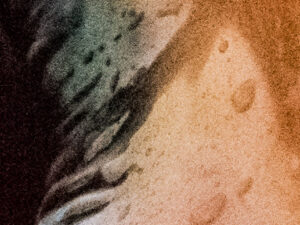
A lot of folks are not fans of electronic viewfinders in general, and I don’t really disagree with them most of the time. The EVF on the Sony A7 is among the best I’ve seen though, and in the situations I’ve used the camera in so far I don’t have any complaints, with the EVF being nearly indistinguishable from an optical viewfinder. The Sony A7 detects when the electronic viewfinder is being used and automatically switches off the main LCD and instantly turns on the EVF. To help with composition, grids and electronic levels can be overlaid in the EVF display which is a handy feature I’ve been using to keep my horizons straight.
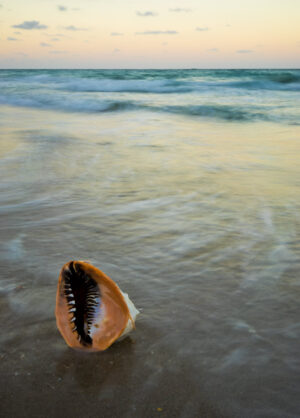
While the menu system seems a bit daunting with many, many options, switching the camera to RAW capture was easy. I took some of my first photos with the Sony A7 as the sun was setting and was immediately impressed with the image quality. Even in low light conditions at high ISOs, the images were virtually noise free. What really made me excited though — and I don’t excite easily about gear — is the incredible high ISO performance of the Sony A7. Not only are photos taken at ISO 3200 usable, but I would even consider them worthy of being printed at large size. Bump it up to ISO 6400 and 8000 and digital noise becomes more noticeable, but the images are still more than useable.
I’m very used to the upper ISO levels being virtually unusable on most cameras, so when I gave ISO 25,600 a try I was not only impressed, but downright amazed. While I wouldn’t use ISO 25,600 under normal conditions if I didn’t have to, this kind of high ISO performance is sure to make previously un-photographable situations possible. Even at 100% crop, the ISO 25,600 photo is still very presentable.
A much more extensive review of the Sony A7 will be following shortly, and I’m sure by then I will have identified some things I don’t like about the A7, but my first impressions of this camera are overwhelmingly positive.
Order the Sony A7 from B&H Photo
